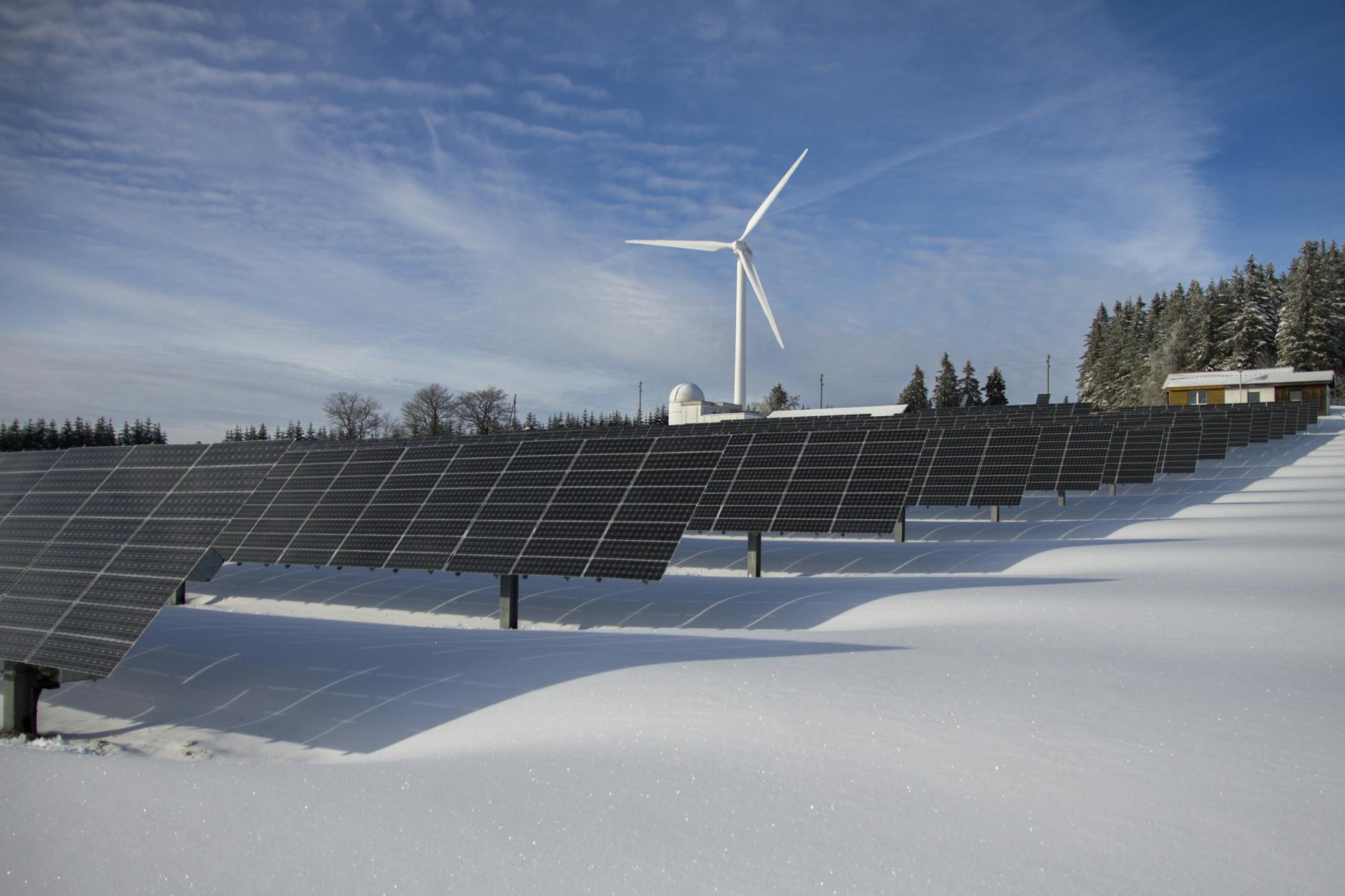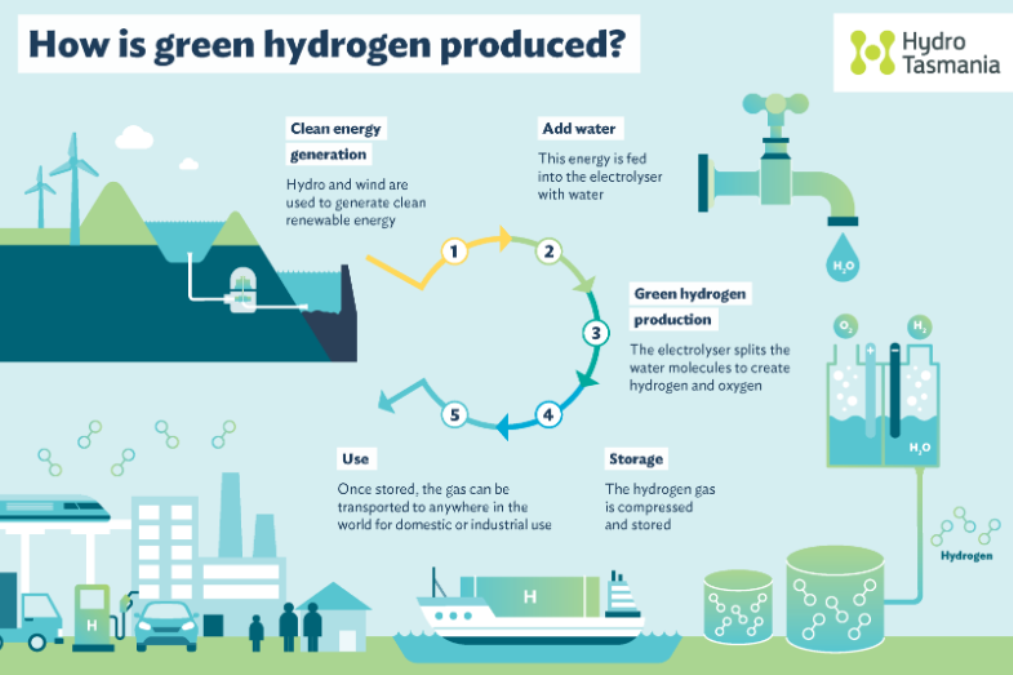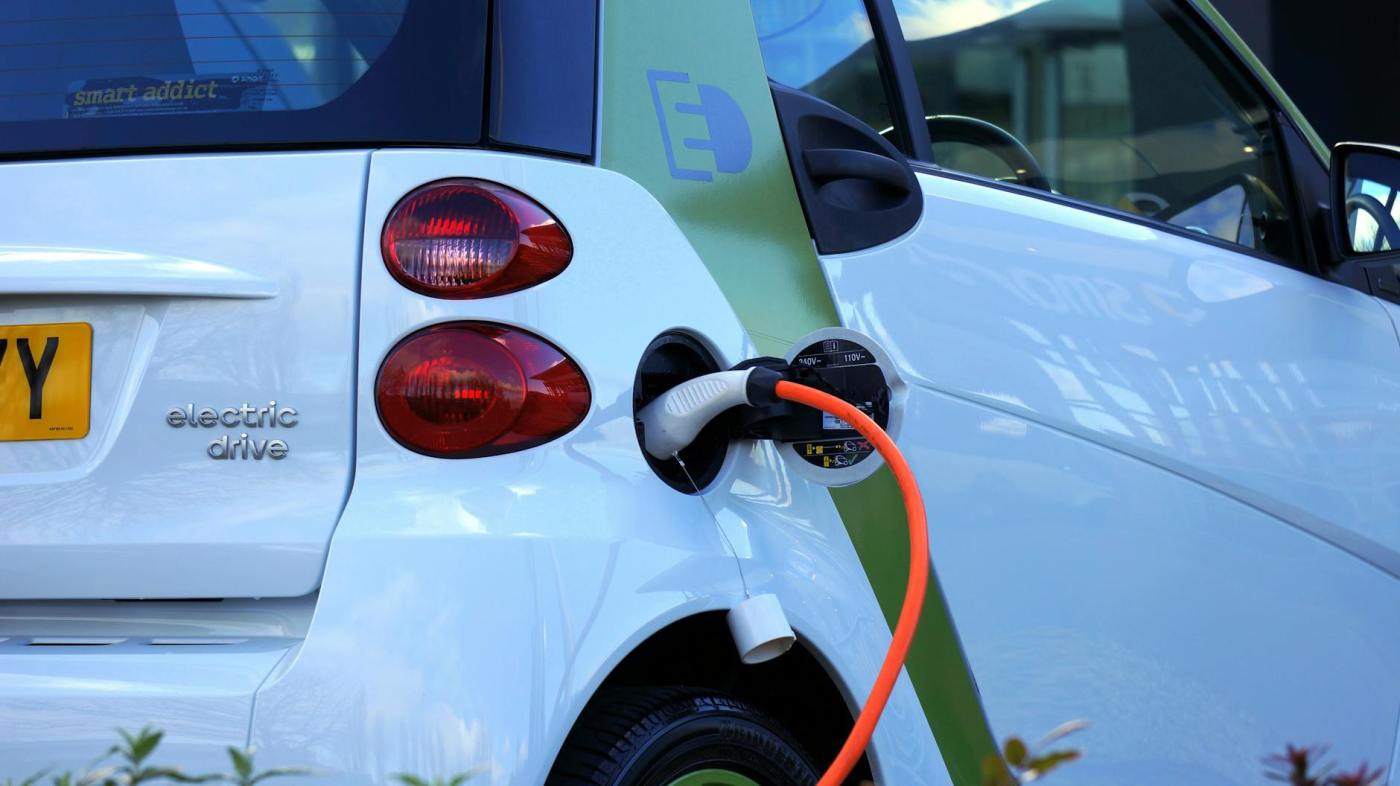Green hydrogen, hailed as a cornerstone of the clean energy future, faces several significant bottlenecks impeding its widespread adoption.

Key challenges for wide spread adoption of Green Hydrogen:
High Production Costs:
- Currently, the production of green hydrogen, which involves electrolysis powered by renewable energy, is expensive compared to hydrogen derived from fossil fuels
- Cost disparity stems from the high price of electrolyzers and the relatively low efficiency of current technology
Infrastructure Deficits:
- Building a comprehensive hydrogen supply chain requires substantial investment and time, creating a chicken-and-egg scenario where demand and infrastructure development must progress simultaneously
Scalability Issues:
- Increasing the capacity of renewable energy sources but also improving electrolyzer technology and reducing associated costs

To overcome these bottlenecks and for sustainable use – some of the following steps can be adopted
- Investments for Research and Development: R&D to enhance electrolyzer efficiency and reduce costs is crucial. Breakthroughs in these areas could significantly lower production expenses, making green hydrogen more economically viable.
- Policy Support: Strong governmental policies and incentives, such as subsidies for green hydrogen production and penalties for carbon emissions, can bridge the cost gap between green hydrogen and fossil fuels.
- Economies of Scale: As production scales up, economies of scale will naturally help reduce costs. Governments and private sectors need to invest in large-scale projects to accelerate this process.
- Infrastructure Development: Coordinated efforts to build a robust hydrogen infrastructure are essential. This includes pipelines, storage facilities, and refueling stations, which will facilitate the seamless integration of green hydrogen into the energy mix.
By addressing these bottlenecks with a concerted and strategic approach, green hydrogen can become a cornerstone of a sustainable, low-carbon energy future.
At present, the production cost ranges between $3 and $5 per kg
These values need to fall to $1 per kg for mass adoption. (Reference: Link)
This can only be possible based on ‘Economies of Scale’ or ‘Innovation Breakthroughs’ as Policy can support but not do the hard work of cost reduction for a product/service.
Hope this gives an idea about the challenges linked to Green Hydrogen adoption especially as fuel for manufacturing and transportation.
Follow me for topics on Investing, Geopolitics, Technology and Astrology.
God Bless!


Leave a comment